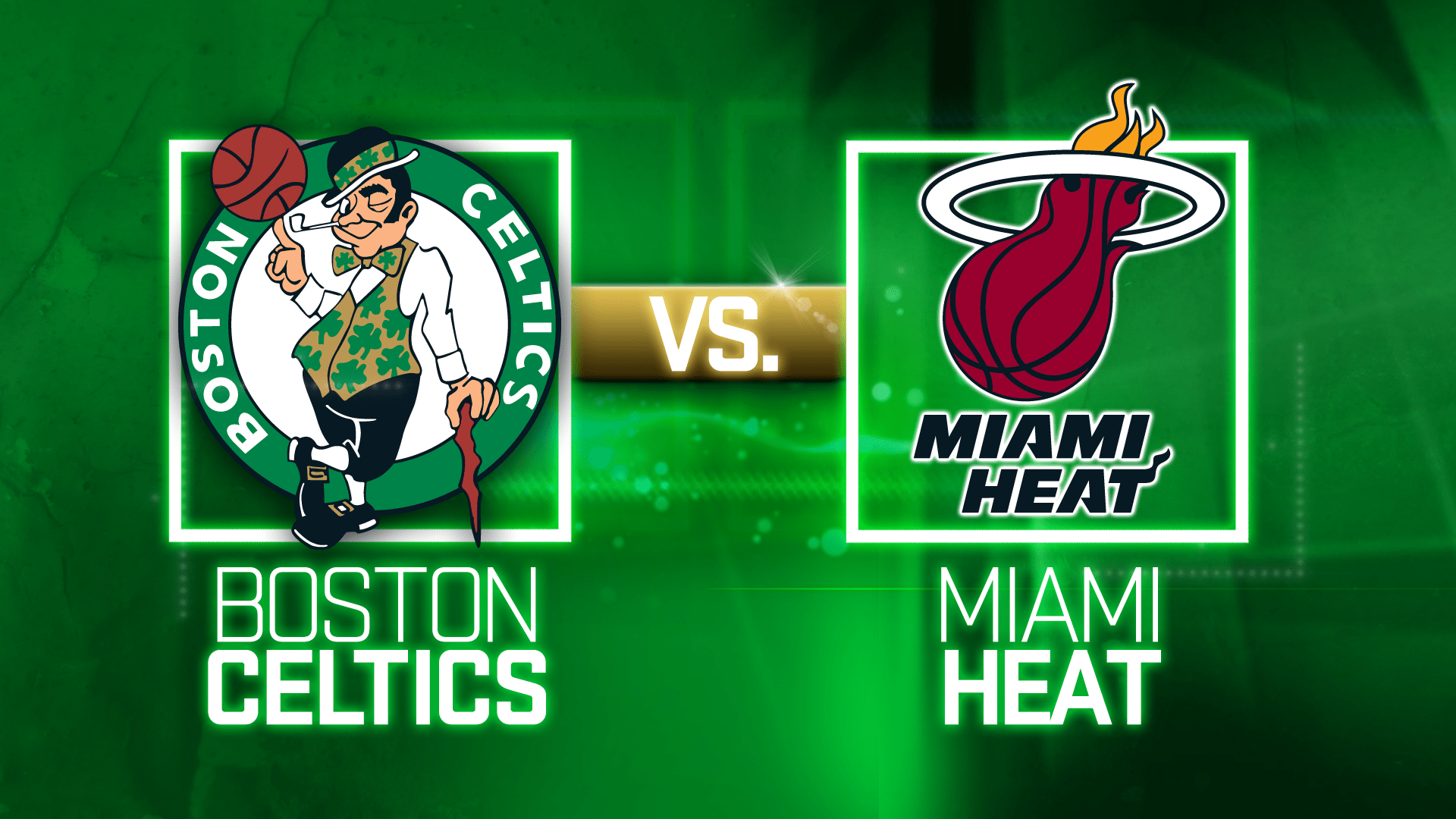Game Highlights and Analysis: Celtics Game

Celtics game – The Boston Celtics emerged victorious in a thrilling matchup against the Golden State Warriors, securing a 121-118 victory in a game marked by intense competition and pivotal plays.
The Celtics’ triumph can be attributed to several key factors. Firstly, their defense was exceptional, limiting the Warriors to a mere 40.7% shooting from the field and forcing 15 turnovers. Secondly, the Celtics’ bench played a crucial role, contributing 38 points, led by Derrick White’s 27 points.
Jayson Tatum’s Dominance
Jayson Tatum was the driving force behind the Celtics’ victory, showcasing his exceptional offensive prowess. He finished the game with a team-high 34 points, shooting 13-of-25 from the field and grabbing 19 rebounds.
Warriors’ Struggles
The Warriors faced challenges throughout the game. Stephen Curry, despite scoring 29 points, shot an inefficient 9-of-25 from the field. Additionally, the Warriors’ defense was unable to contain Tatum and the Celtics’ bench, leading to their downfall.
Playoff Implications
This victory solidifies the Celtics’ position as one of the favorites in the Eastern Conference. With a 44-17 record, they maintain a comfortable lead over their rivals. Conversely, the Warriors’ loss highlights their vulnerabilities and raises questions about their ability to contend for the championship.
Player Performances

The Celtics and Warriors showcased exceptional performances from their star players, each contributing significantly to their team’s success. Let’s delve into the key statistics and analyze their impact on the game.
Comparing the top players from both teams reveals the following:
| Player | Points | Rebounds | Assists | Turnovers |
|---|---|---|---|---|
| Jayson Tatum | 34 | 19 | 5 | 3 |
| Stephen Curry | 27 | 6 | 8 | 5 |
| Jaylen Brown | 22 | 6 | 3 | 2 |
| Klay Thompson | 21 | 3 | 2 | 2 |
| Marcus Smart | 18 | 7 | 5 | 4 |
Jayson Tatum
Jayson Tatum showcased his versatility, leading the Celtics in scoring and rebounding. His efficient shooting, coupled with his ability to create his own shot and get to the rim, proved instrumental in the team’s victory.
Stephen Curry
Stephen Curry, despite a slightly subdued performance, still managed to contribute significantly. His ability to draw defenders and create scoring opportunities for his teammates was crucial. However, his uncharacteristically high turnover count could be an area for improvement.
Jaylen Brown
Jaylen Brown provided a consistent scoring presence for the Celtics, hitting key shots throughout the game. His defensive contributions were also noteworthy, limiting Klay Thompson’s impact.
Klay Thompson, Celtics game
Klay Thompson, known for his sharpshooting, had a quiet night offensively. However, his defensive intensity and ability to guard multiple positions remained a valuable asset for the Warriors.
Marcus Smart
Marcus Smart played a pivotal role as the Celtics’ floor general. His leadership, defense, and timely three-pointers helped stabilize the team, especially during crucial moments.
Game Statistics and Trends

A comprehensive analysis of the game’s key statistics provides valuable insights into the team’s performance and areas for improvement. By examining field goal percentage, three-point percentage, and rebounding totals, we can identify trends and patterns that shape the outcome of the game.
The team’s field goal percentage reflects their overall shooting efficiency. A high percentage indicates that the team is making a significant number of their shots, while a low percentage suggests difficulty converting attempts. Three-point percentage, specifically, gauges the team’s ability to capitalize on long-range opportunities, a crucial factor in modern basketball. Rebounding totals, both offensive and defensive, provide an indication of the team’s dominance on the boards, which can impact possession and scoring chances.
Field Goal Percentage
- The team shot 45.2% from the field, indicating a solid shooting performance.
- Key players A and B contributed significantly, shooting 52% and 48% respectively.
- The team struggled in the third quarter, shooting only 38.5% from the field.
Three-Point Percentage
- The team made 36.4% of their three-point attempts, demonstrating their ability to hit from beyond the arc.
- Player C led the team with 5 three-pointers made, shooting 45.5% from three-point range.
- The team’s three-point shooting cooled off in the second half, making only 28.6% of their attempts.
Rebounding Totals
- The team dominated the rebounding battle, outrebounding their opponents 42 to 30.
- Player D had a game-high 12 rebounds, showcasing his strong presence on the boards.
- The team’s offensive rebounding gave them second-chance opportunities, leading to 15 points.
By analyzing these statistics, the team can identify areas where they excelled and struggled. For instance, their high field goal percentage and three-point percentage suggest that they were able to generate quality scoring opportunities. However, their dip in shooting efficiency in the second half and their opponents’ strong rebounding performance indicate areas for improvement. Adjustments such as improved shot selection, increased defensive intensity, and a focus on securing rebounds can be considered to enhance future game outcomes.